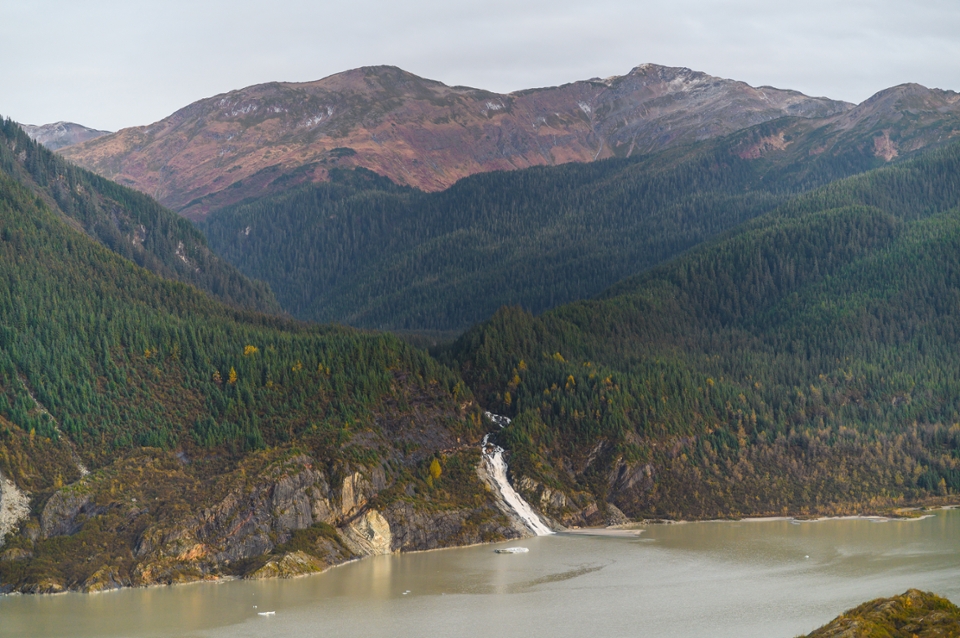The Fate of Nitrogen and Phosphorus in the PCTR

The Pacific coastal temperate rainforest (PCTR) is projected to become warmer and wetter in the coming decades, with significant implications for how nutrients are exchanged across ecosystem boundaries. With hydrologic shifts, studies have shown that the amount and type of carbon being transported from coastal watersheds into marine ecosystems is changing. But how will the movement of nitrogen and phosphorus between land and sea be impacted? Nitrogen and phosphorus play a role in periphyton growth, community composition, and harmful algal bloom occurrences. As human sources of these nutrients are growing, there is a greater need to understand the implications of changing nutrient export on downstream ecosystem processes.
ACRC researchers Jason Fellman and Eran Hood recently published a study in the journal Biogeochemistry investigating how shifts in seasonal and storm event-driven river flow alter the amount and types of nitrogen and phosphorus being exported from the PCTR. The authors collected streamwater samples from three common landcover types in Southeast Alaska; poor fen, forested wetland, and upland forests. Over a year-long collection period, with weekly to monthly samples and several intensive multi-day storm events, they found that the nutrients had a varied response to runoff patterns. Both lack of hydrologic flow through watershed soils and available sources of nitrogen and phosphorus were observed to limit transportation to streamwater across the landcover types studied. As the seasonality and intensity of precipitation in the PCTR changes, the export of nitrogen and phosphorus may change and influence ecological conditions downstream.